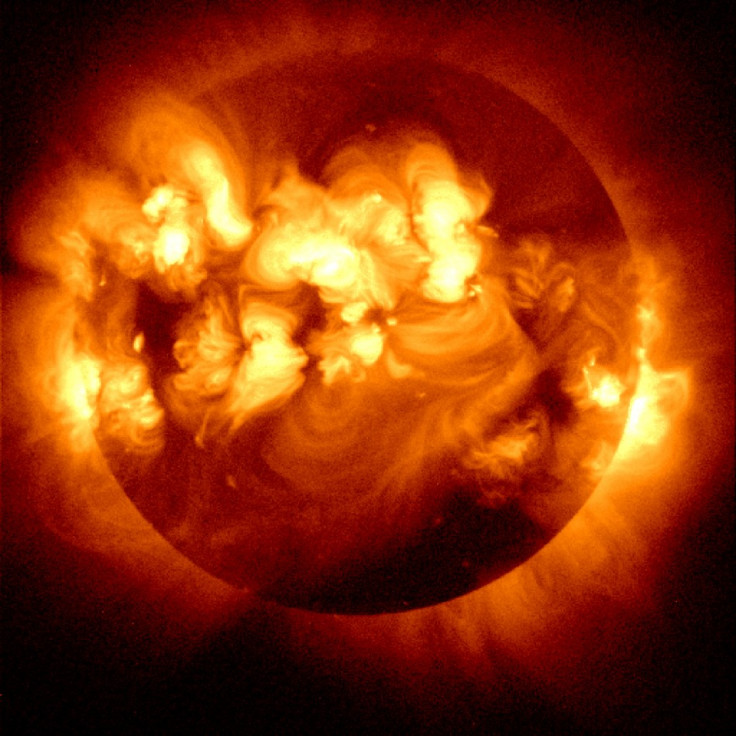Five incredible facts about Nasa's world-first journey to 'touch the Sun'
The space agency is pushing the boundaries of space travel once again.
Nasa has pushed the boundaries of space exploration since the 1969 moon landing, travelling to far-flung Pluto and even out of our solar system. And now, for the first time, the space agency has announced plans to fly directly into the incredible heat of the Sun's atmosphere.
Originally called the Solar Probe Plus mission, the project was renamed the Parker Solar Probe to honour the astrophysicist Eugene Parker. It is scheduled to launch in summer 2018 and will get up close and personal with the Sun, orbiting within four million miles (6.4km) of its surface.
This will take it within the Sun's corona, an aura of plasma that surrounds the Sun and other stars.
Compared to the distance between Earth and Pluto - 7.5 billion km - the Sun is a mere 93 million miles away.
But unlike Pluto's average temperature of -240 degrees Celsius, the Sun is of course blisteringly hot - with its surface reaching 5,600 Celsius.
Ahead of Nasa's announcement, here are five amazing facts about the one-of-a-kind mission.
Heat
The heat involved in this mission will be punishing. At the spacecraft's closest approach to the Sun, its solar shield will face temperatures of up to 1,400 Celsius. Therefore, the craft will require a lot of new technology to prevent it from suffering huge amounts of damage from extreme solar activity.
"The biggest leap in technology of this mission is the heat shield," Brad Tucker from the Australian National University's Research School of Astronomy and Astrophysics explained to ScienceAlert.
"The heat shield is an 11.5-centimetre-thick carbon composite shield, which can withstand temperatures of nearly 1,400 degrees Celsius. The use of carbon composite is really allowing us to do much more complicated things."
Thanks to the shield, the spacecraft's payload will remain at room temperature.

Distance
In 1976, the Helios 2 spacecraft got within 27 million miles (43 million km) of the Sun - which is the nearest any spacecraft has got so far. At four million miles away, the Parker Solar Probe mission will be a stone's throw from the Sun.
Mysterious sun
The mission will help shed light on the Sun's mysteries. "[Parker Solar Probe] will explore the Sun's outer atmosphere and make critical observations that will answer decades-old questions about the physics of how stars work," the statement from Nasa said.
One of these mysteries is the Sun's unpredictable corona, which produces solar wind, flares and coronal mass ejections. The mission will trace the flow of energy and understand the heating of the corona, and find out what accelerates the solar wind.
Scientists also hope to find out why the million-degree coronasphere is up to 100 times hotter than the Sun's surface.
Space weather
A key point of this mission is so Nasa can understand more about space weather and solar storms, eruptions from the Sun of mass and energy. Charged particles are sent through the solar system and have the potential to disrupt life on Earth, shutting down power grids and disabling communication satellites.
A recent study by the National Academy of Science estimated that without advance warning, a huge solar event could cause two trillion dollars in damage in the US alone - and it could knock out power to the east coast of the US for a year.
Speed
The spacecraft will reach a peak speed of 450,000 mph - 724,000 kmph - which according to Nasa, is quick enough to get from Philadelphia to Washington DC in one second.
© Copyright IBTimes 2025. All rights reserved.






















